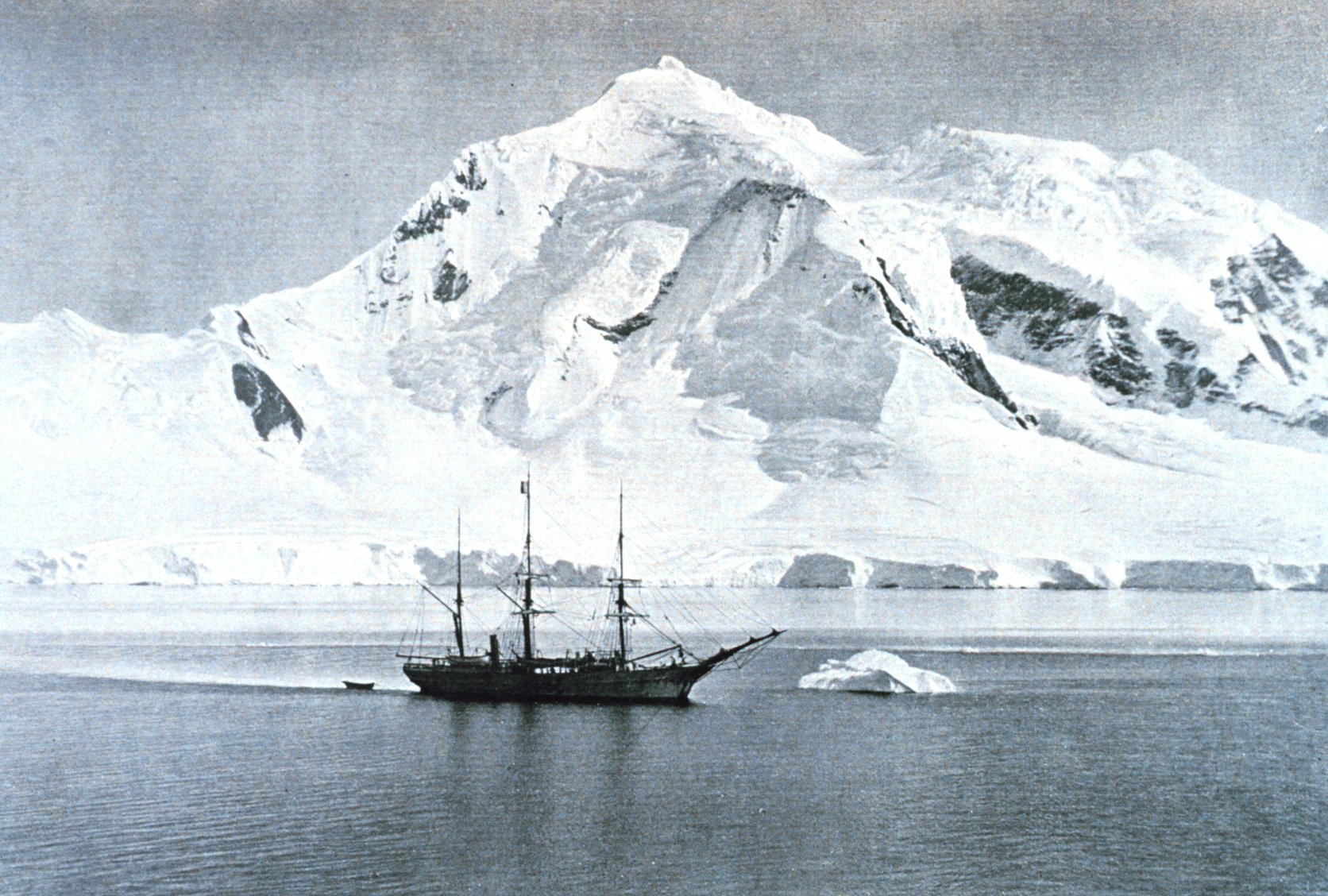|
Hippolyte Point
Hippolyte Point () is a point which marks the northeast end of Lion Island, lying immediately east of Anvers Island in the Palmer Archipelago, Antarctica. It was charted and named by the Belgian Antarctic Expedition under Gerlache, 1897–99. References Headlands of the Palmer Archipelago {{PalmerArchipelago-geo-stub ... [...More Info...] [...Related Items...] OR: [Wikipedia] [Google] [Baidu] |
Lion Island, Palmer Archipelago
Lion Island is an island 1.5 nautical miles (2.8 km) long and 1 nautical mile (1.9 km) wide, lying off the east side of Anvers Island and 1 nautical mile (1.9 km) northeast of Cape Astrup, Wiencke Island, in the Palmer Archipelago off the Antarctic Peninsula. It was discovered by the Belgian Antarctic Expedition, 1897–1899, under Adrien de Gerlache. The name appears on a map based on a 1927 survey by Discovery Investigations personnel on the '' RRS Discovery''. The profile of the island suggests a reclining lion when viewed from the southwest. See also * Félicie Point * Gerlache Strait Geology * Hippolyte Point Hippolyte Point () is a point which marks the northeast end of Lion Island, lying immediately east of Anvers Island in the Palmer Archipelago, Antarctica. It was charted and named by the Belgian Antarctic Expedition under Gerlache, 1897–99. ... * List of Antarctic and sub-Antarctic islands References Islands of the Palmer Archipelag ... [...More Info...] [...Related Items...] OR: [Wikipedia] [Google] [Baidu] |
Anvers Island
Anvers Island or Antwerp Island or Antwerpen Island or Isla Amberes is a high, mountainous island long, the largest in the Palmer Archipelago of Antarctica. It was discovered by John Biscoe in 1832 and named in 1898 by the Belgian Antarctic Expedition under Adrien de Gerlache after the province of Antwerp in Belgium. It lies south-west of Brabant Island at the south-western end of the group. The south-western coastline of the island forms part of the Southwest Anvers Island and Palmer Basin Antarctic Specially Managed Area (ASMA 7). Cormorant Island, an Important Bird Area, lies 1 km off the south coast. Palmer Station The Palmer Station on Anvers Island is located at () and is Antarctica's only U.S. station north of the Antarctic Circle. Construction finished in 1968. Around 50 people can inhabit Palmer Station at one time. The station is named for Nathaniel B. Palmer, likely to have been one of the first three persons to see Antarctica. There are science labs in ... [...More Info...] [...Related Items...] OR: [Wikipedia] [Google] [Baidu] |
Palmer Archipelago
Palmer Archipelago, also known as Antarctic Archipelago, Archipiélago Palmer, Antarktiske Arkipel or Palmer Inseln, is a group of islands off the northwestern coast of the Antarctic Peninsula. It extends from Tower Island in the north to Anvers Island in the south. It is separated by the Gerlache and Bismarck straits from the Antarctic Peninsula and Wilhelm Archipelago, respectively. Palmer Archipelago is located at . History Adrien de Gerlache, leader of the Belgian Antarctic Expedition (1897–1899), discovered the archipelago in 1898. He named it Archipelago Palmer for American Captain Nathaniel Palmer, who navigated these waters in 1820. Both Argentina and the United Kingdom The United Kingdom of Great Britain and Northern Ireland, commonly known as the United Kingdom (UK) or Britain, is a country in Europe, off the north-western coast of the continental mainland. It comprises England, Scotland, Wales and North ... have operated research stations there. Islands ... [...More Info...] [...Related Items...] OR: [Wikipedia] [Google] [Baidu] |
Belgian Antarctic Expedition
The Belgian Antarctic Expedition of 1897–1899 was the first expedition to winter in the Antarctic region. Led by Adrien de Gerlache de Gomery aboard the RV ''Belgica'', it was the first Belgian Antarctic expedition and is considered the first expedition of the Heroic Age of Antarctic Exploration. Among its members were Frederick Cook and Roald Amundsen, explorers who would later attempt the respective conquests of the North and South Poles. Preparation and surveying In 1896, after a period of intensive lobbying, Adrien Victor Joseph de Gerlache de Gomery purchased the Norwegian-built whaling ship ''Patria'', which, following an extensive refit, he renamed . Gerlache had worked together with the Geographical Society of Brussels to organize a national subscription, but was able to outfit his expedition only after the Belgian government voted in favor of two large subsidies, making it a state-supported undertaking. With a multinational crew that included Roald Amundsen from ... [...More Info...] [...Related Items...] OR: [Wikipedia] [Google] [Baidu] |
Gerlache
Baron Adrien Victor Joseph de Gerlache de Gomery (; 2 August 1866 – 4 December 1934) was a Belgian officer in the Belgian Royal Navy who led the Belgian Antarctic Expedition of 1897–99. Early years Born in Hasselt in eastern Belgium as the son of an army officer, de Gerlache was educated in Brussels. From a young age he was deeply attracted by the sea, and made three voyages in 1883 and 1884 to the United States as a cabin boy on an ocean liner. He studied Engineering at the Free University of Brussels. After finishing his third year in 1885, he quit the university and joined the Belgian Navy on 19 January 1886. After graduating from the nautical college of Ostend he worked on fishery protection vessels as second and third lieutenant. In October 1887 he signed on as seaman on the ''Craigie Burn'', an English ship, for a voyage to San Francisco, but the ship failed to round Cape Horn and was sold for scrap in Montevideo. He returned to Europe after spending time in Urug ... [...More Info...] [...Related Items...] OR: [Wikipedia] [Google] [Baidu] |
